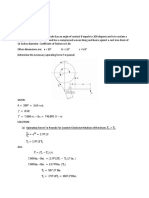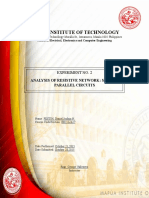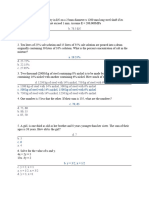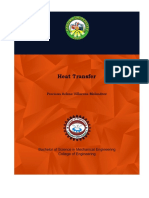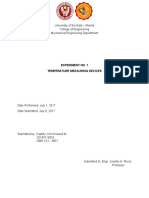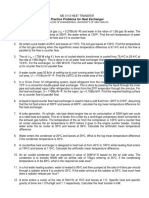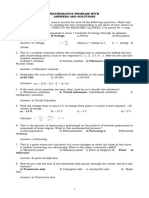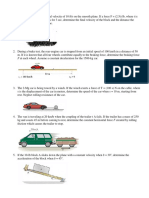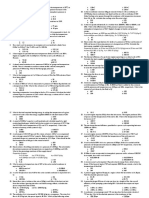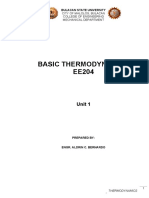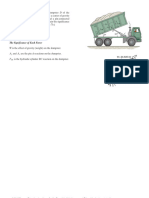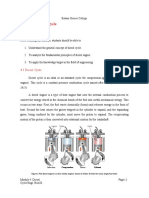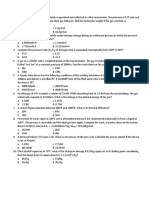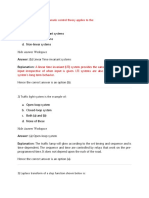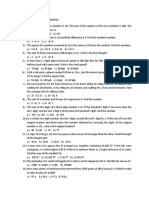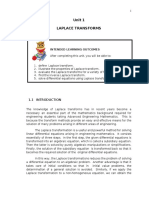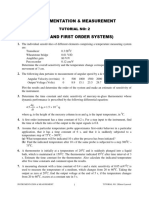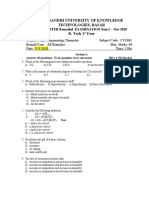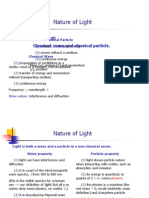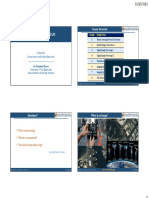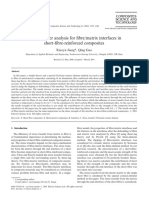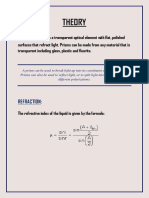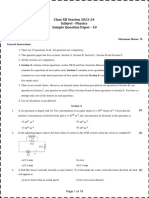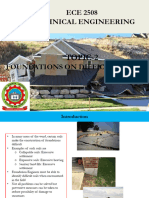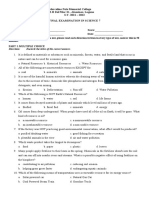0% found this document useful (0 votes)
406 views8 pagesSolved Problems
This document contains exam problems related to measuring instruments and thermometers that behave as first-order systems. The problems ask students to calculate time constants, rise times, and temperatures given various initial conditions and time-dependent responses for different thermometers. For example, one problem provides that a thermometer has a time constant of 20 ms and is subjected to a step change from 20°C to 37°C. The student is asked to model the thermometer response and calculate the 90% rise time.
Uploaded by
ali.alhayki2002Copyright
© © All Rights Reserved
We take content rights seriously. If you suspect this is your content, claim it here.
Available Formats
Download as PDF, TXT or read online on Scribd
0% found this document useful (0 votes)
406 views8 pagesSolved Problems
This document contains exam problems related to measuring instruments and thermometers that behave as first-order systems. The problems ask students to calculate time constants, rise times, and temperatures given various initial conditions and time-dependent responses for different thermometers. For example, one problem provides that a thermometer has a time constant of 20 ms and is subjected to a step change from 20°C to 37°C. The student is asked to model the thermometer response and calculate the 90% rise time.
Uploaded by
ali.alhayki2002Copyright
© © All Rights Reserved
We take content rights seriously. If you suspect this is your content, claim it here.
Available Formats
Download as PDF, TXT or read online on Scribd
/ 8

